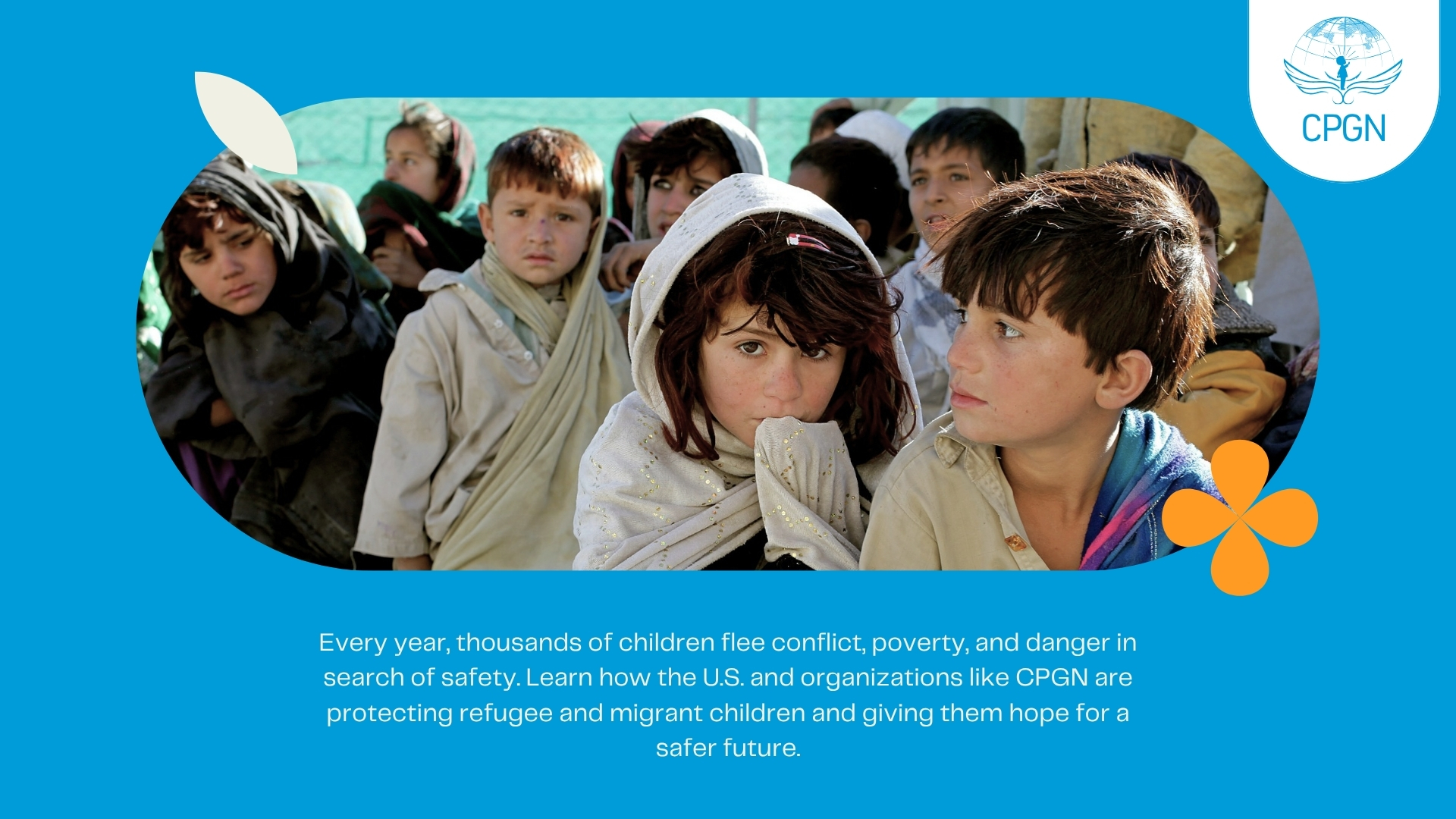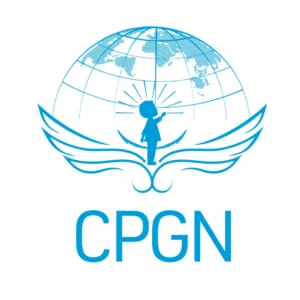Children on the Move: Protecting Refugee and Migrant Children

By the end of 2024, nearly 50 million children were displaced worldwide, the highest number ever recorded (UNICEF Innocenti, 2025). Many of these children are refugees, asylum-seekers, or migrants on long and uncertain journeys. For them, finding safety is not just a dream; it’s a race for survival.
In the United States, the effects of this crisis are felt at every border crossing, shelter, and classroom. From unaccompanied minors at the U.S.–Mexico border to children arriving through refugee programs, the nation faces an ongoing challenge: how to protect every displaced child while honoring their dignity and rights.
This is not just an issue of immigration policy, it’s a matter of humanity. Understanding what drives children to flee, what happens when they arrive, and how communities respond is key to protecting them.
Quick Summary:
- Nearly 50 million children worldwide are displaced by conflict, disaster, or poverty.
- In the U.S., more than 100,000 refugees were resettled in 2024, many of them children.
- Unaccompanied minors arriving at the U.S.–Mexico border face risks of exploitation, detention, or family separation.
- The U.S. has expanded child protection programs (ORR shelters, asylum reforms, anti-trafficking measures).
- NGOs, community groups, and networks like CPGN are vital in ensuring every displaced child finds safety, care, and belonging.
Understanding the Crisis: Children on the Move
Children make up about 40% of the world’s refugees, a staggering figure considering they represent only one-third of the global population. According to UNICEF Innocenti’s 2025 report, children fleeing danger face the greatest risks yet receive the least protection.
They run from war zones, gang violence, political unrest, and climate disasters. Others leave because of hunger and economic collapse. Many undertake dangerous journeys through jungles, deserts, and borders without knowing what awaits.
In the U.S., these global forces echo at the border. Tens of thousands of children mostly from Central America, Haiti, and Venezuela arrive seeking asylum or reunification with family. Each child carries not just a story of flight, but a plea for safety and dignity.
Why Are So Many Children on the Move Toward the U.S.?
Behind every journey is a reason often a heartbreaking one.
🌍 Violence and Fear
In Honduras, El Salvador, and Guatemala, many children grow up surrounded by gang violence. When threats reach their doorstep, fleeing becomes the only option. UNICEF USA reports that some children “face an ultimatum—flee or die.”
💔 Poverty and Hunger
For families trapped in poverty, migration is sometimes seen as the only hope for survival. Parents risk everything to help their children escape hunger or find education and opportunity abroad.
🌪️ Climate Disasters
In 2024 alone, 4.4 million children were displaced by disasters (UNICEF, 2025). Droughts, hurricanes, and floods have destroyed homes across Central America, forcing families north.
❤️ Family Reunification
Not all journeys are about fleeing danger—many are about reuniting love. Thousands of children travel to find parents who migrated earlier, seeking to rebuild family life across borders.
At the Border: Children in Search of Safety

In 2024, over 87,000 unaccompanied minors arrived at the U.S.–Mexico border in just ten months (Congressional data). Some are toddlers in their parents’ arms; others are teens traveling alone.
When they arrive, they enter a system designed to protect but still imperfect. Children are first processed by U.S. Customs and Border Protection (CBP), then transferred to the Office of Refugee Resettlement (ORR), part of the U.S. Department of Health and Human Services.
In ORR shelters, children receive food, counseling, medical care, and education while staff work to locate relatives or vetted sponsors in the U.S. In 2023 alone, ORR cared for over 130,000 children.
The ultimate goal? To ensure every child is placed in a safe home, not in detention or left alone.
Challenges and Protection Gaps
Despite progress, many risks remain:
⚠️ Family Separation
During past policies, thousands of children were separated from their parents—an experience experts describe as deeply traumatic. Since 2021, the Family Reunification Task Force has helped reunite families and prevent new separations.
⚠️ Trafficking and Exploitation
Children traveling alone are prime targets for traffickers. The Trafficking Victims Protection Reauthorization Act (TVPRA) ensures that unaccompanied children are screened for trafficking and placed in protective care. A 2023 interagency task force now monitors labor exploitation, after reports revealed some migrant teens were working in dangerous industries.
⚠️ Detention Conditions
Under the Flores Settlement Agreement, children must not be held in harsh or jail-like facilities. Border stations have since added pediatric medical units, play areas, and welfare staff, but capacity issues sometimes delay transfers.
These challenges show that protecting children on the move is not a single agency’s job, it requires coordination, compassion, and constant vigilance.
The U.S. Response: Laws and Initiatives That Protect
⚖️ Legal Safeguards
Two key laws guide the protection of migrant children:
- Flores Settlement Agreement (1997): Ensures humane treatment, short custody periods, and family unity.
- TVPRA (2008): Guarantees screening, care, and access to asylum for unaccompanied minors.
🏠 Office of Refugee Resettlement (ORR)
ORR operates shelters and foster programs across the U.S. where children receive education, healthcare, and psychological support. The agency also performs post-release check-ins to ensure children remain safe after placement.
🚫 Ending Harmful Practices
Family separation and the pandemic-era Title 42 policy have been ended. Children can now seek asylum without summary expulsion, and long-term detention of minors is strictly limited.
🤝 Interagency Collaboration
Agencies like HHS, DOL, and DHS have joined forces to combat child labor, track trafficking networks, and improve child welfare training for border officers.
The Role of NGOs and Communities
Government programs alone cannot meet every child’s need, that’s where communities step in.
Organizations like Save the Children, Catholic Charities, and Kids in Need of Defense (KIND) provide immediate shelter, legal aid, and emotional support. Volunteers help children enroll in school, learn English, and adjust to new communities.
Across the border region, child-friendly spaces give young migrants a place to rest, play, and heal. Schools across Texas, California, and New York now run “newcomer programs” to help children recover from trauma and feel welcome.
These efforts reflect a truth that transcends politics: every child deserves safety, education, and love, no matter where they were born.
How CPGN Supports Child Protection Awareness
At the Child Protection Global Network (CPGN), we believe awareness leads to action. By educating families and communities about child safety, abuse prevention, and legal rights, CPGN strengthens the global effort to protect displaced and vulnerable children.
You can explore CPGN’s resources and join our advocacy for child safety here:
👉 Help & Resources
👉 Share Your Story
Together, we can ensure that every child on the move finds protection—not persecution.
Turning Compassion into Action
As the world faces record displacement, protecting migrant and refugee children must remain at the heart of humanitarian policy. Every law, every border, and every community decision should reflect a simple truth: a child is a child, first and always.
Join CPGN in raising awareness, supporting education, and protecting every child’s right to safety, dignity, and a future.
FAQs
Many flee violence, poverty, or family separation. Some have relatives already in the U.S. waiting to care for them.
They are placed under U.S. government care typically with the Office of Refugee Resettlement—until they can be safely reunited with family or sponsors.
Only temporarily and under humane conditions. The Flores Agreement limits detention length and requires child-appropriate care.
Support local NGOs, volunteer, or donate to organizations providing housing, education, and legal aid. Even small actions can make a big difference.
CPGN raises awareness, educates communities about child protection, and amplifies the voices of vulnerable children globally.
Mark Schwartz
Our goal is to ensure the safety and protection of every child until it is achieved. Our goal is to support communities in protecting the future of children and promoting their welfare.
Quick Links

Our goal is to ensure the safety and protection of every child until it is achieved. Our goal is to support communities in protecting the future of children and promoting their welfare.
Quick Links
Copyright © 2025 CPGN. All rights reserved by Majnate LLP | Privacy Policy | Terms and Conditions
